10 Vietnamese Specialties Worthy of Royalty
Great to know: we can eat like a king in Vietnam
The unique setting of the land has long allowed Vietnamese to craft many fine cuisines. Some of the food have that utmost honor above all else. Once meant for kings and queens, these dishes contain vast nutritious amount and exhibit extremely fine exquisite tastes. These were once themselves the royalties of Vietnamese food. Following are the 10 most outstanding of such food.
1. Banh Phu The (Husband and Wife Pastry)
Originating from Dinh Bang, a historical site linked to the Ly dynasty, this delightful pastry is considered a royal treat. The husband-and-wife pies have journeyed from their birthplace to the imperial city of Hue. True to their name, these pastries come as pairs, wrapped in dried banana leaves, with their golden yellow complexion creating a striking contrast against the brown leaves. Each pie is crafted with rice surrounding a sweet filling made from finely ground green beans, sugar, and occasionally shredded coconut. This sweetness symbolizes the love and unity between couples.
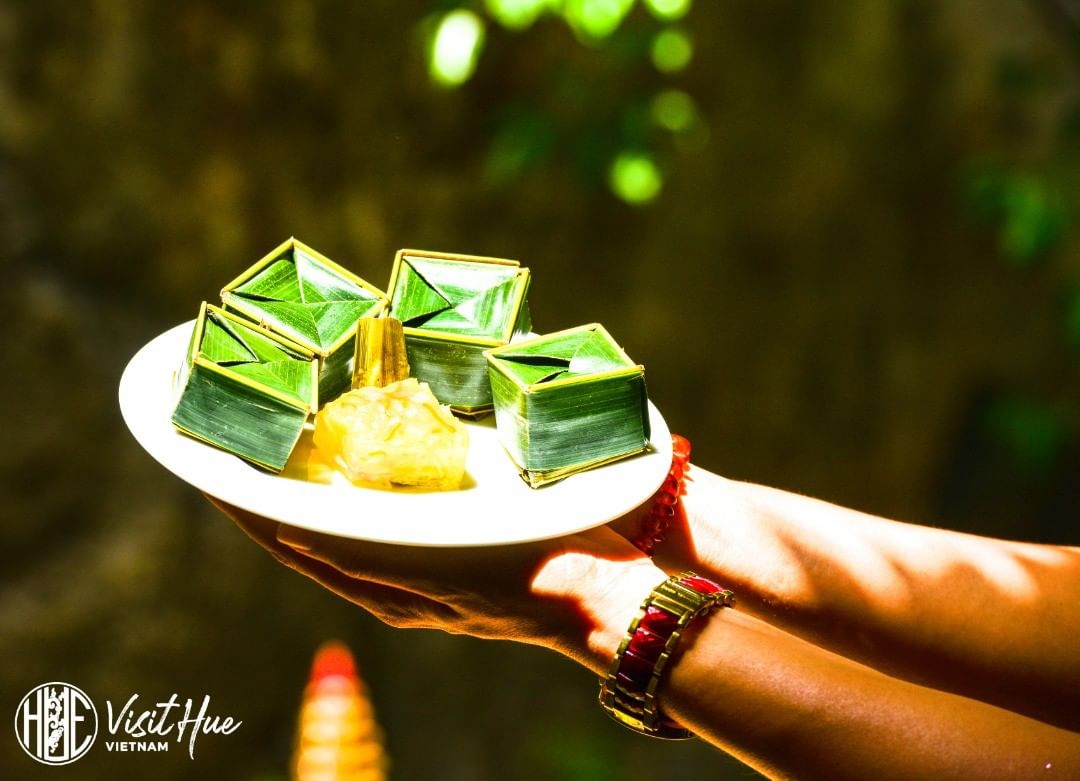 Banh Phu The - Photo: @visithuevietnam
Banh Phu The - Photo: @visithuevietnam
2. West Lake Coot
The Eurasian coot was once a favored dish among Vietnamese royalty and is famously mentioned in the old Hanoian verse: “Pickle of La, basil of Lang, ngo (rice paddy herb) of Dam, tilapia of Dam Set and coot of West Lake.” It is believed that during their migrations, these birds stop at high altitudes in China and Korea to consume ginseng, hence the term “sam cam,” or “ginseng bird.” Valued for their nutritious qualities, coots were particularly dear to Emperor Tu Duc. Local legend claims the village of Nghi Tam near West Lake had to present 40-50 coots annually to the Emperor. Due to extensive hunting, sightings of these birds are rare today.
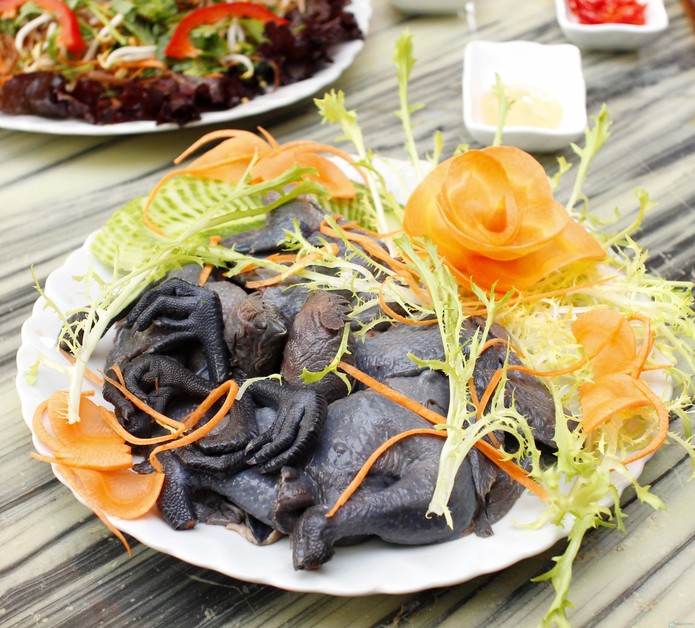 West Lake Coot
West Lake Coot
3. Anh Vu Carp
While the coot remains a symbol of West Lake, the Anh Vu carp is a signature dish from the Bach Hac confluence in Viet Tri, Phu Tho province. Known for its firm white flesh and prized whiskered lips, the Anh Vu carp is hailed for its flavor, often surpassing other freshwater fish. Unfortunately, like the coot, finding this royal fish today is increasingly challenging.
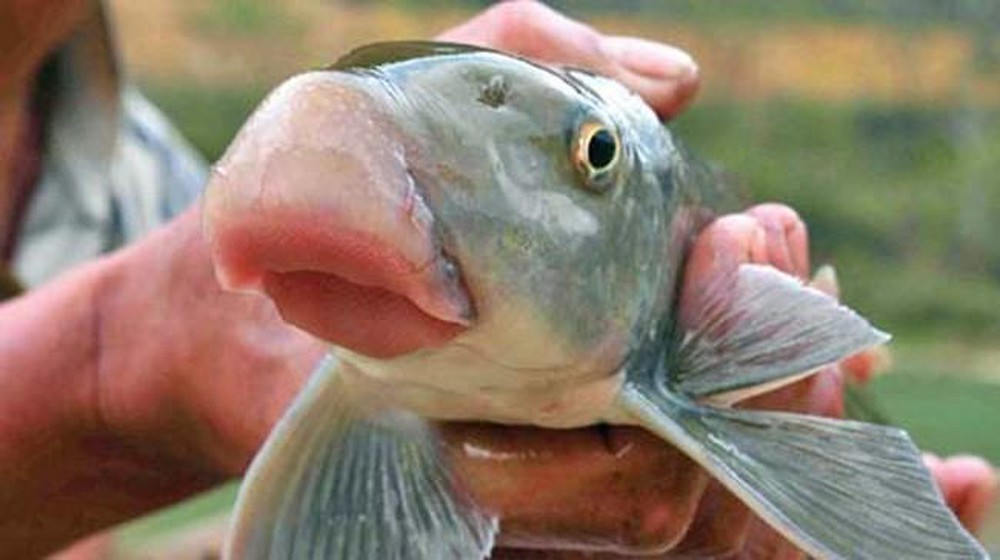 Anh Vu Carp
Anh Vu Carp
4. Longan and Lotus Seed
Among desserts cherished by the royal family, lotus seed longan stands out. The longan used for royal dinners is sourced from Hien town in Hung Yen province, known for its sweet aroma and succulent flesh. Highly sought after even today, this longan variety commands premium prices due to its exceptional quality.
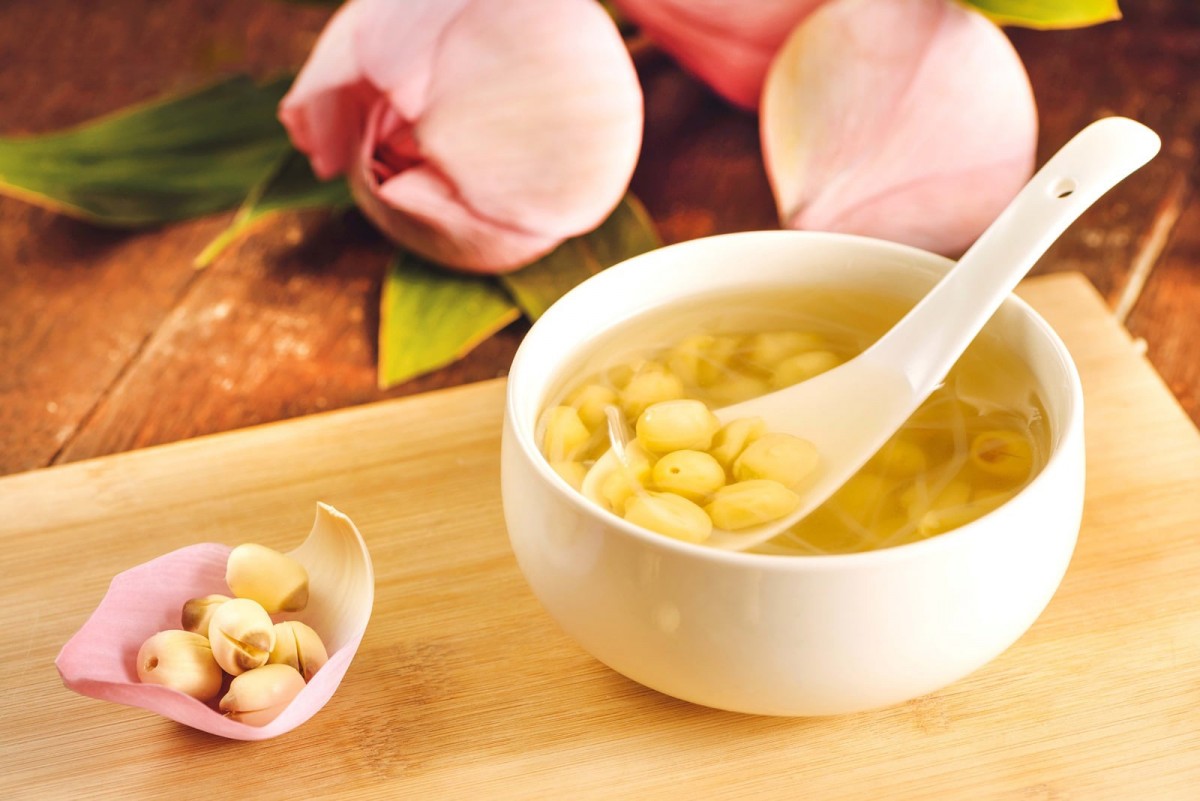 Longan and lotus seed - Photo: @longnhanbaominh
Longan and lotus seed - Photo: @longnhanbaominh
5. Dong Cao Chicken
Hung Yen also boasts another unique specialty: Dong Cao chicken, a breed native to Khoai Chau district. Known as the “elephant-footed” bird for its size, it can weigh up to 15 pounds. Though difficult to raise and requiring careful attention, the older the chicken grows, the better its meat becomes, noted for its distinct taste. Renowned dishes often include “dragon slow cooked with herb,” with the term “dragon” referring to the chicken’s large feet. Purebred Dong Cao chickens are rare and highly prized, with some owners rumored to have built underground shelters to protect them during outbreaks of avian flu.
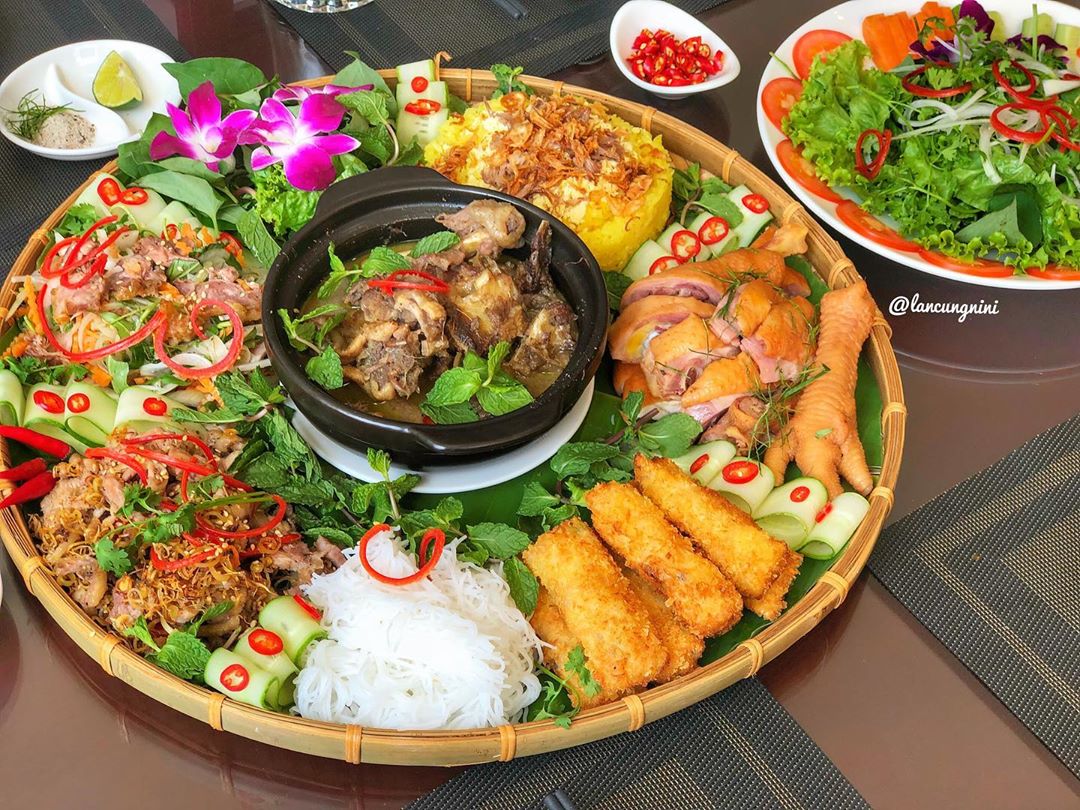 Ga Dong Tao - Photo: @lancungnini
Ga Dong Tao - Photo: @lancungnini
6. Ngu Banana
During the Tran dynasty, notable figures often came from Nam Dinh province, where residents developed a unique tribute: Ngu bananas. These small fruits feature smooth yellow skin, a delightful fragrance, and notable sweetness. Despite attempts to cultivate them elsewhere, this variety remains closely tied to the heritage of the Tran kings.
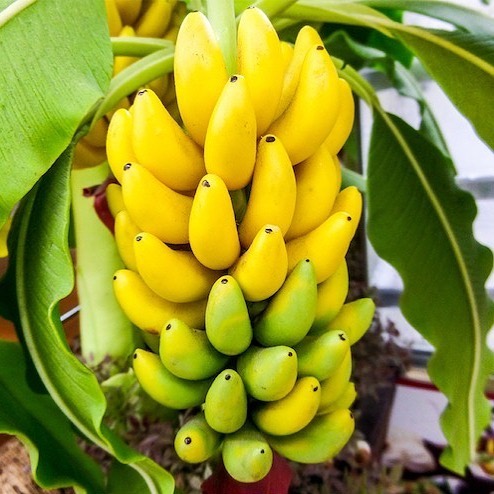 Ngu Banana - Photo: @traicayntn
Ngu Banana - Photo: @traicayntn
7. Early Green Rice (Com Vong)
Com Vong, or early green rice, is a traditional specialty of Thang Long, originating over a millennium ago. Initially presented to the Ly emperors, this delicacy can be found today at street vendors throughout Hanoi's Old Quarter, particularly during the fall season. Locals enjoy it on its own, paired with bananas, or as a key ingredient in the popular Hang Than “com” pie.
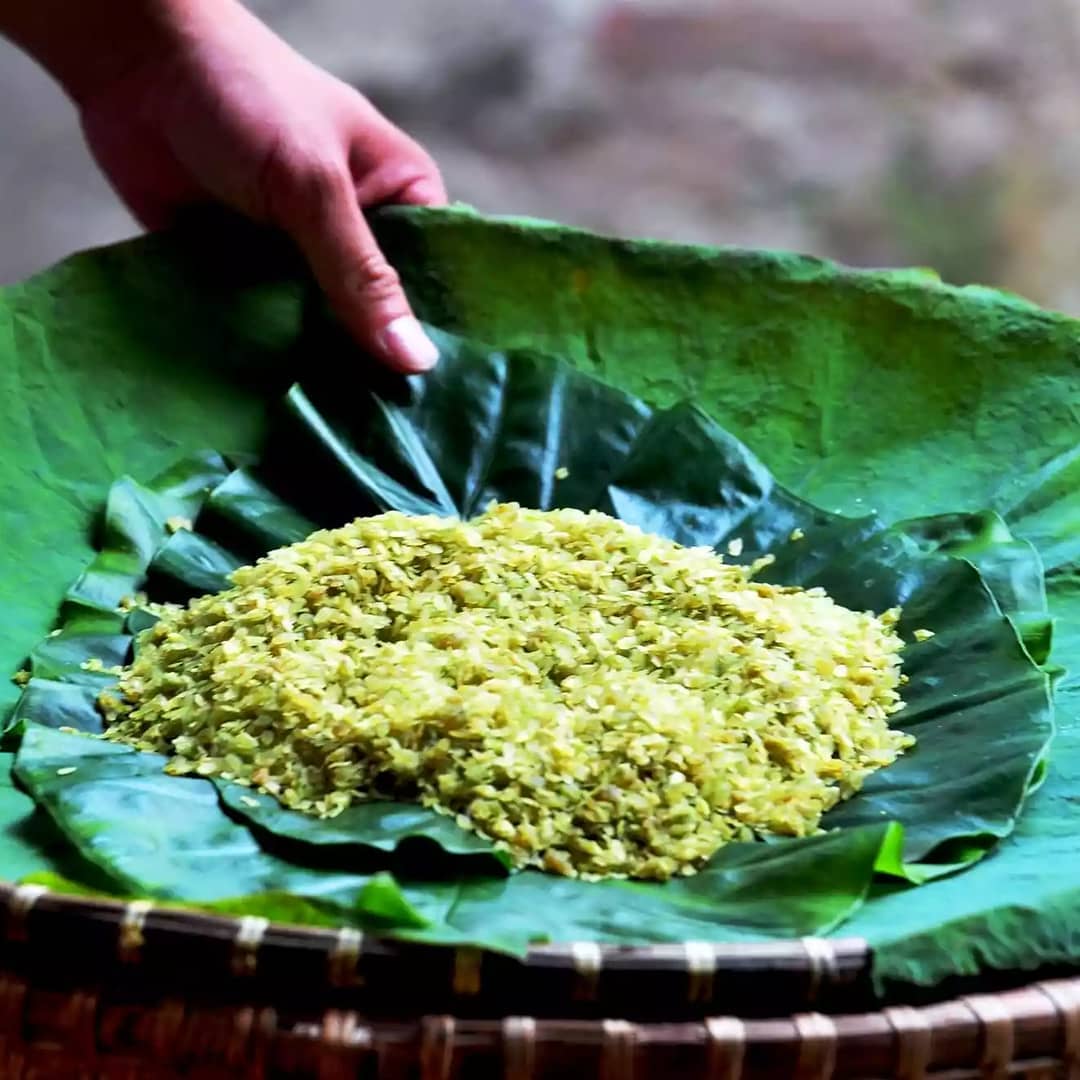 Com Vong - Photo: @alittlediary__
Com Vong - Photo: @alittlediary__
8. Shrimp Paste of Ha Yen
Shrimp paste is a gourmet product once favored by royalty. To create this exquisite sauce, local officials would send teams to the Gia Gia area of Co Dam village (now known as Bim Son) to catch a specific type of small, bluish-grey shrimp. The cook responsible for making the paste was typically among the best in the community. The final product has a faint yellow sheen, thick like premium honey, and continues to be regarded as a delicacy, although its availability has dwindled.
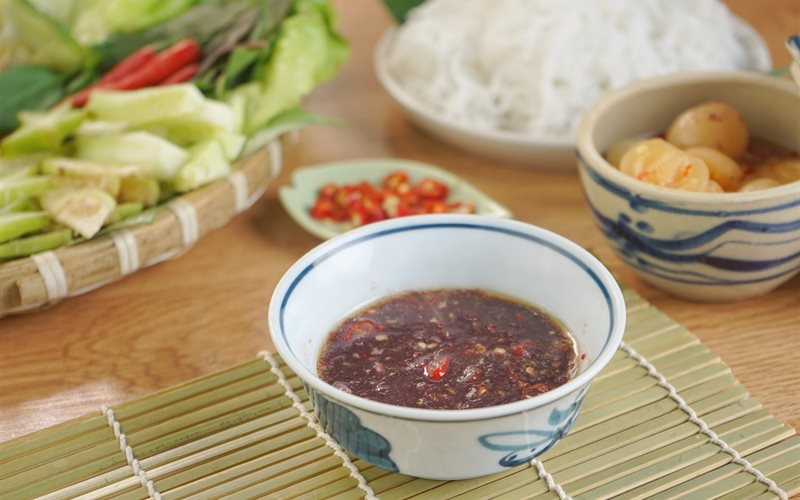 Shrimp paste - Photo: cooky
Shrimp paste - Photo: cooky
9. Water Spinach (Rau Muong)
This common peasant food might seem unlikely for the royal table, yet the water spinach from Linh Chieu (Phuc Tho district, Hanoi) was a favorite among palace diners for its tender texture and delicate flavor, earning it the nickname “king’s spinach.” Farmers painstakingly cultivate it along the soft banks of the Red River, utilizing the river's alluvium to enhance its quality. Although considered an inexpensive vegetable, the efforts required for its cultivation have made it increasingly scarce in recent years.
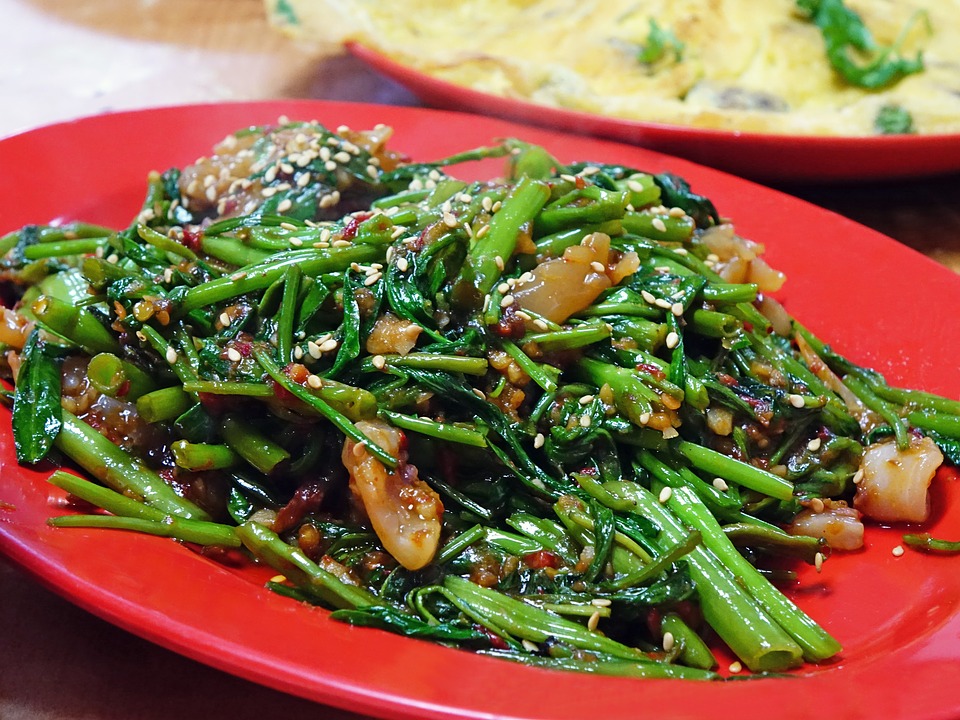 Rau Muong
Rau Muong
10. Swallow Bird Nest (To Yen)
Composed of the saliva of swallows, bird nests are a unique and nutritious delicacy. Traditionally harvested from the offshore islands of Khanh Hoa province, these nests were once reserved for royalty due to the hazardous nature of collecting them. Today, with advancements in farming techniques, swallow nests have become more accessible to the general public, allowing more people to appreciate their exquisite taste and health benefits.
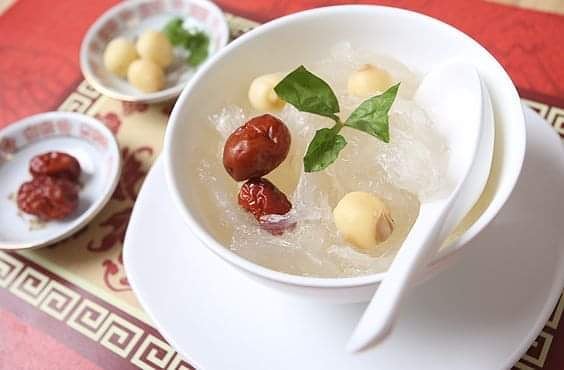 To Yen - Photo: @yensaokidi
To Yen - Photo: @yensaokidi

Best Things To Do In Moc Chau
Moc Chau Town is among the top-rated tourist destinations in northern Vietnam brimming with ultramodern and natural sightseeing attractions.
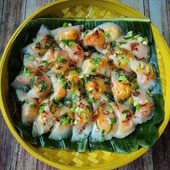
Vietnamese Snacks Among Best In The World
Vietnamese cuisine has long been known as among the most abundant and delicious cuisines in the world.
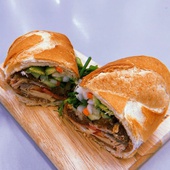
The Most Expensive "Banh Mi" In Ho Chi Minh City That Is Worth A Try
Long queues of Saigoneses, tourists, and shippers in front of the "banh mi" Huynh Hoa shop have long become a familiar scene every afternoon.








